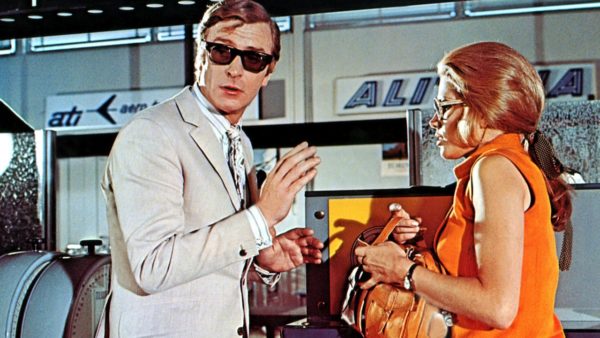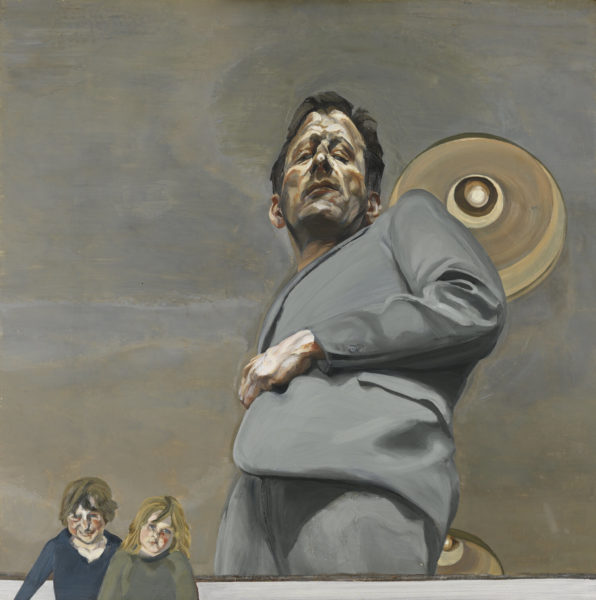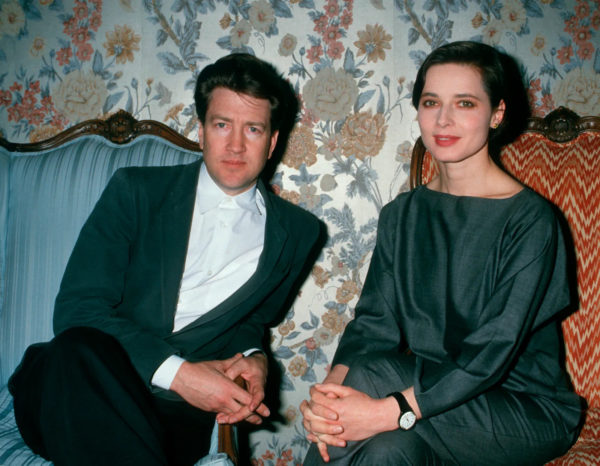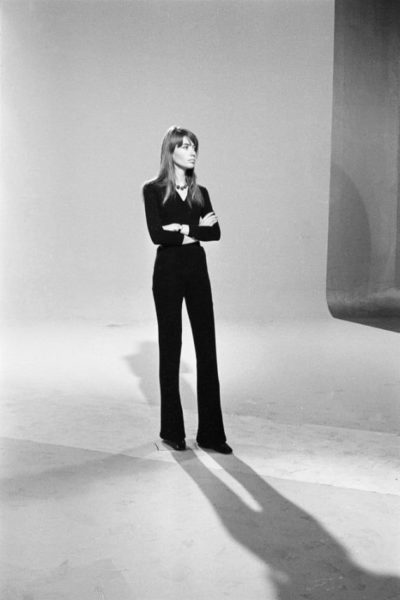The origin of the pea coat goes back to the 17th century. English sailors were the first to adopt this coarse woollen garment, warm enough to face the elements. Later on, the coat was reserved for pilots, which gave the coat the English name of P-Coat and then Pea Coat
The pea coat is recognisable by its wide collar and its double buttoning, which allows the coat to be worn on the starboard or port side. Short, not exceeding the knee, it allowed the sailors to climb in the spars. Sailors waterproofed the thick woollen sheet by coating their pea coat with turpentine or wax. Moreover, the sailor on watch would lend his pea coat to the sailor who relieved him. As each sailor had to make and waterproofwhich by nature or by treatment is not permeable, cannot be More it, the pea coat was a precious garment as well as a functional one.
The US Navy pea coat
The pea coat became popular in the Western navy. It became a piece of equipment, and became part of the sailor’s panoply. The US Navy started to wear coats in 1910 and kept them until the end of the Vietnam War.
The French Peacoat
The French Navy integrated the pea jacket into the sailors’ kit at the beginning of the Second World War. The French pea coat was inspired by the American one, with a more sophisticated tailoring dimension. The resin buttons are replaced by gold buttons engraved with a naval anchor. The lapels’ angle is sharper. The shoulder is more structured.
The couture pea jacket
In 1962, Yves Saint Laurent, who had a habit of drawing on military clothing, turned the pea coat into a luxurious piece. It is inspired by the French peacoat and retains the golden buttons, but opts for a finer and more precious woolen cloth.

DEWAERE, Patrick, act. DUGOWSON, Maurice, dir. F. like Fairbanks. 1976. 110 min.
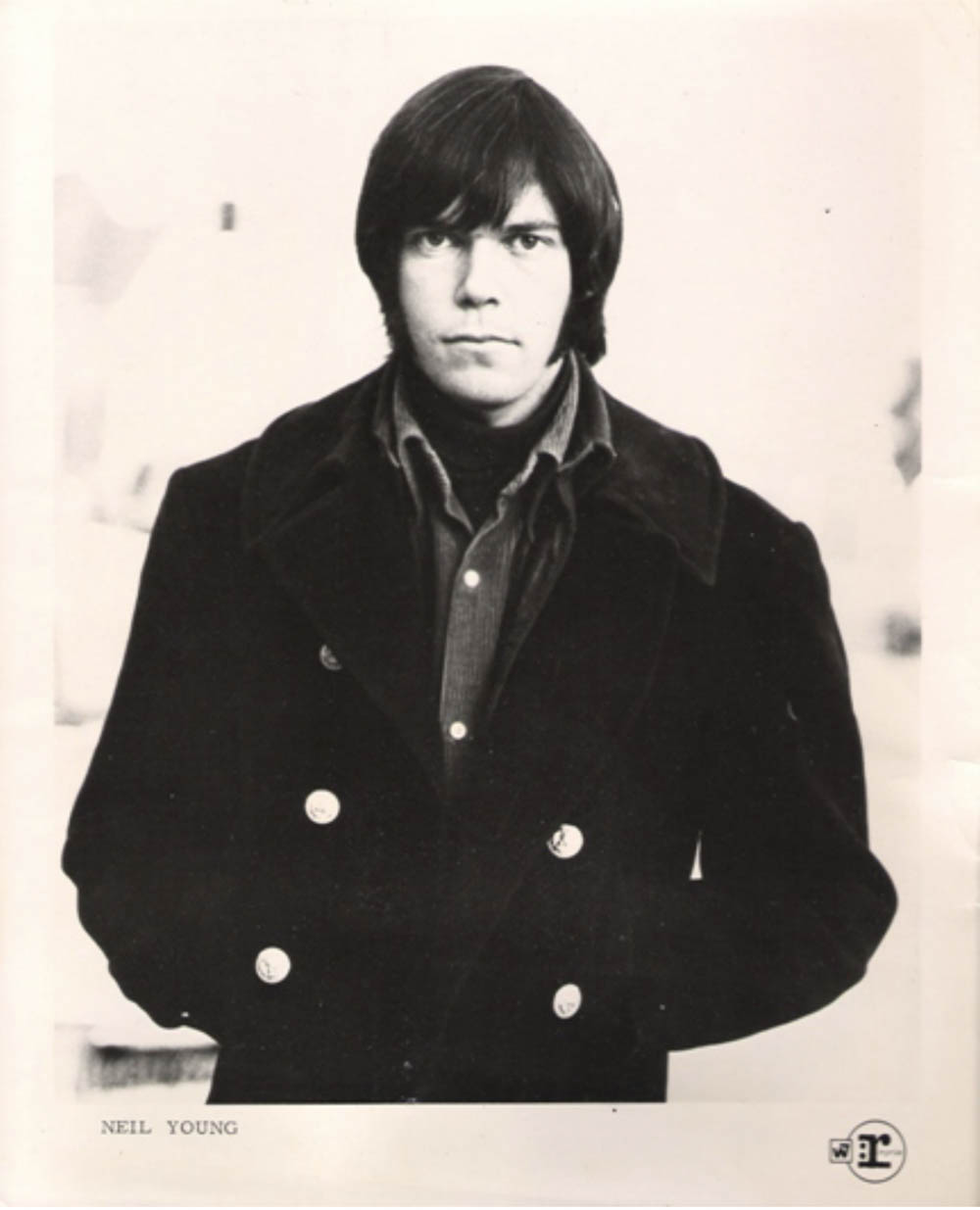
YOUNG, Neil. 1960.
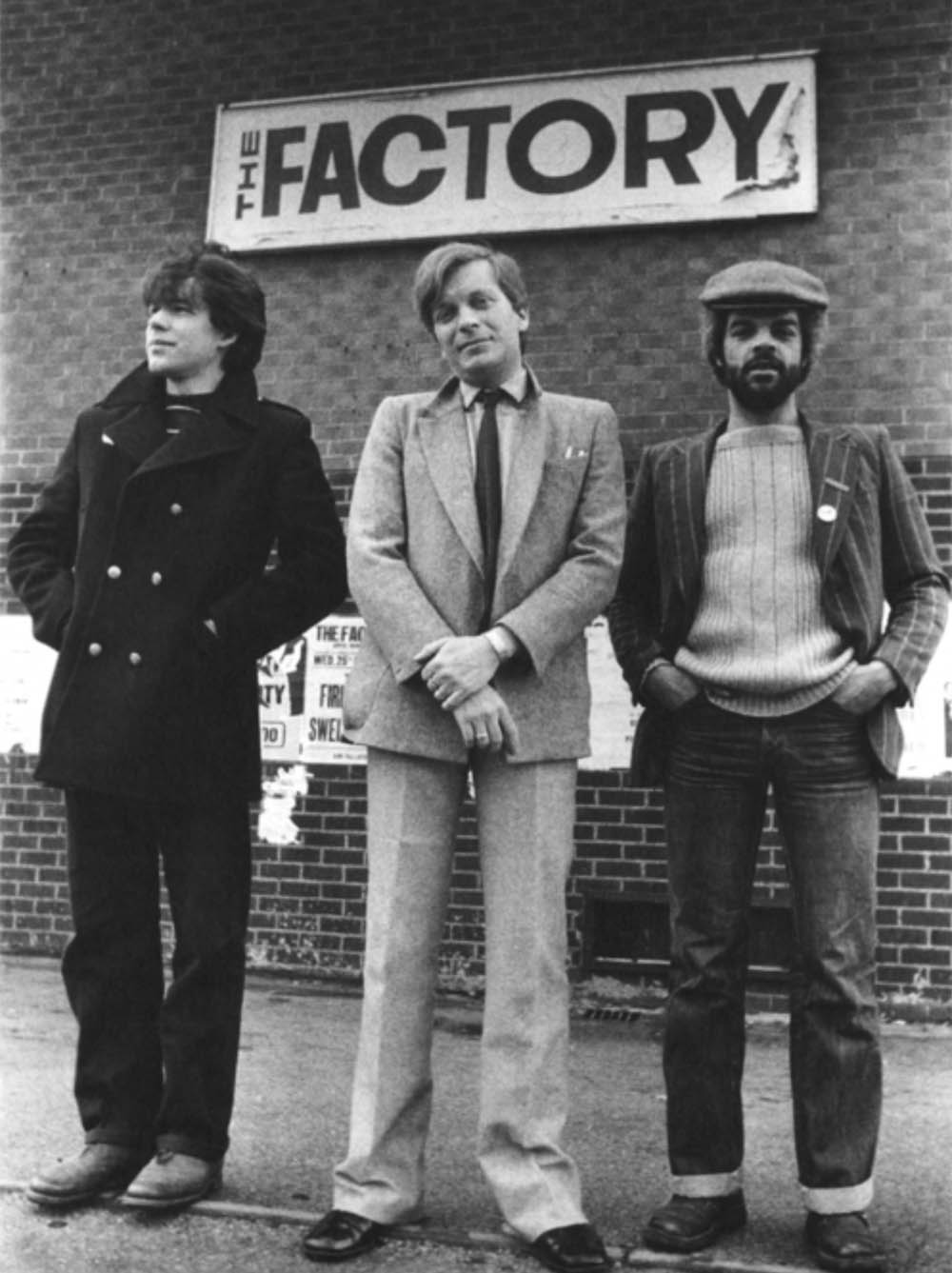
SAVILLE, Peter. WILSON, Tony. ERASMUS, Alan. The Factory, Manchester, United Kingdom. 1978.
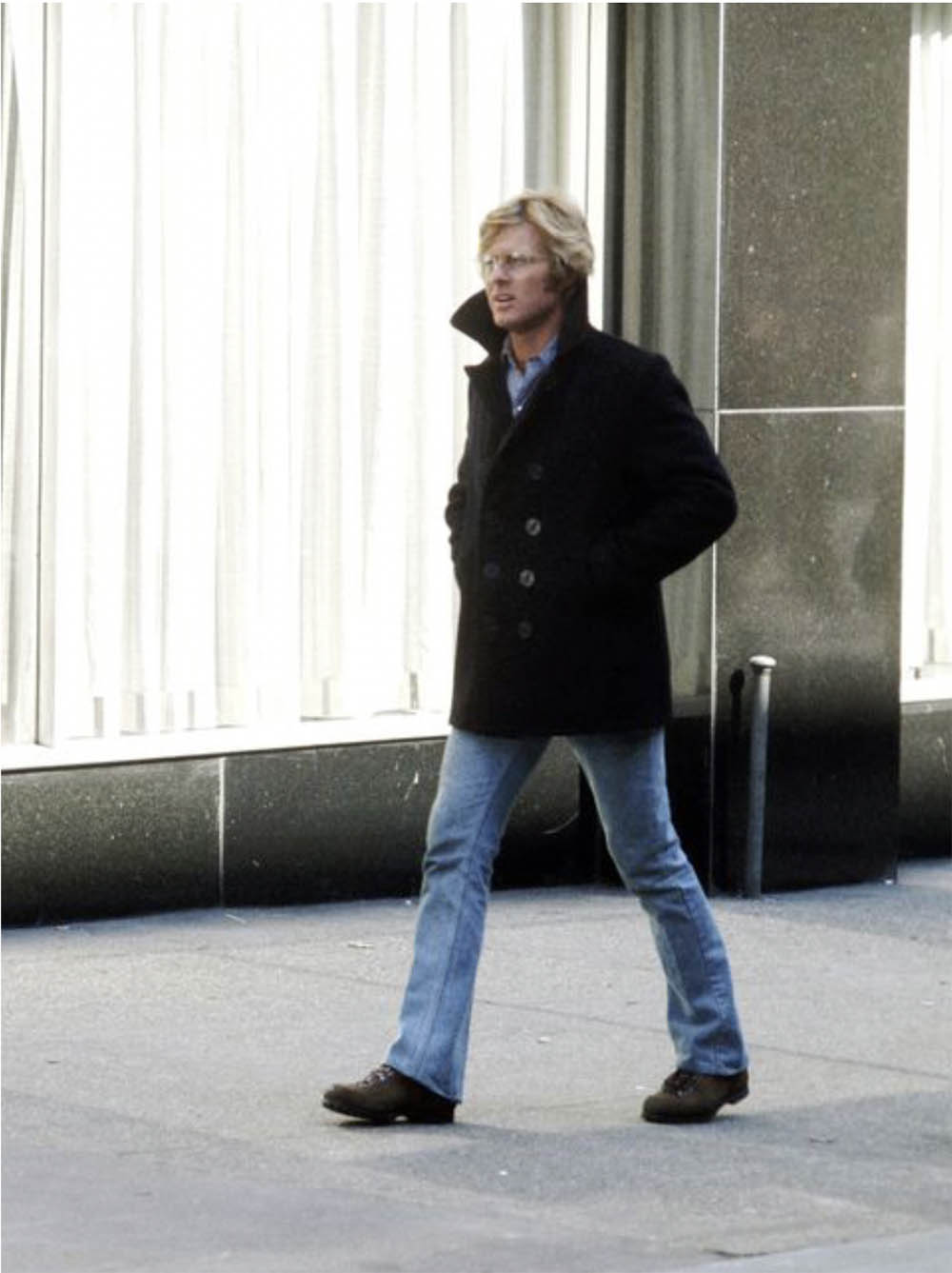
REDFORD, Robert, act. POLLACK, Sydney, dir. Three Days of the Condor. 1975. 117 min.

THE CLASH. cover, The Face, no. 16, august 1981.

SAINT LAURENT, Yves, art. preparatory drawing for the peacoat. Paris, France. 1962.
- COTTON« Soft, but with weight. Relaxed, but never shapeless. It carries memory in its creases. »
- LUCIAN FREUD« from borrowed suits to bespoke tailoring, Freud’s fashion choices evolved with his art »
- DAVID LYNCH« The oddest of Americans, the most American of oddballs, Lynch was a man with a uniform. »
- THE FLARED TROUSER
